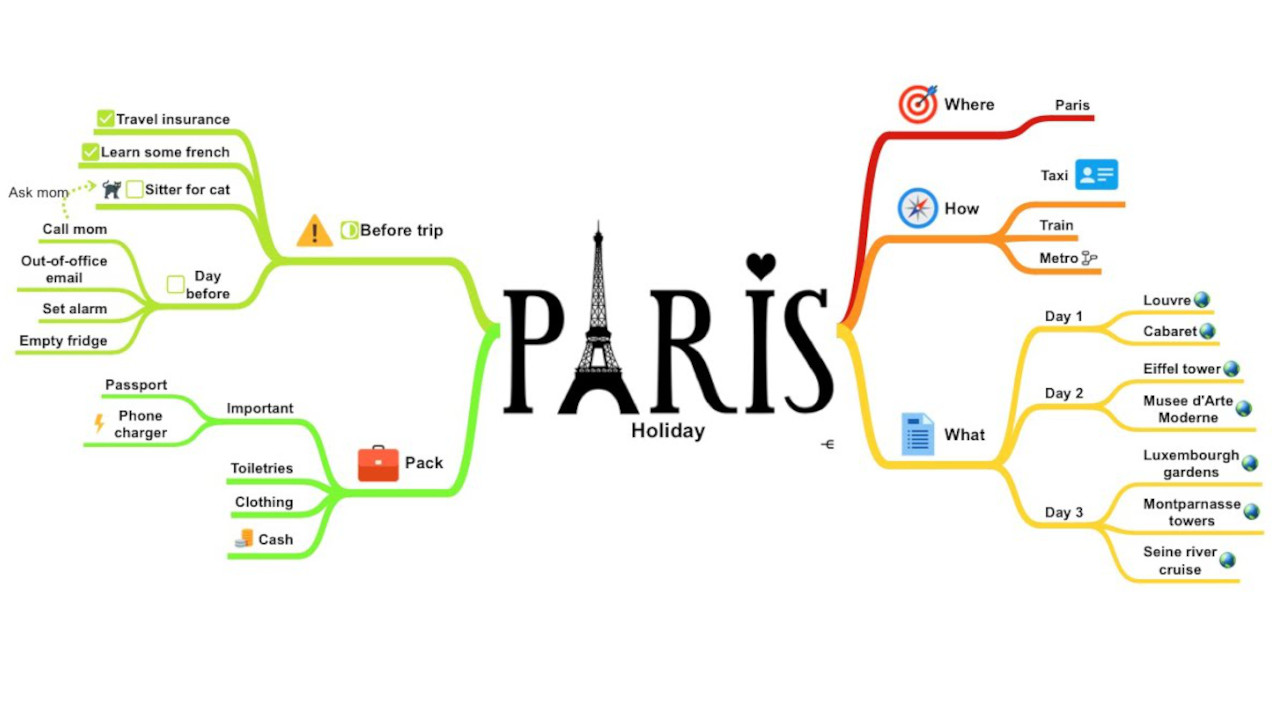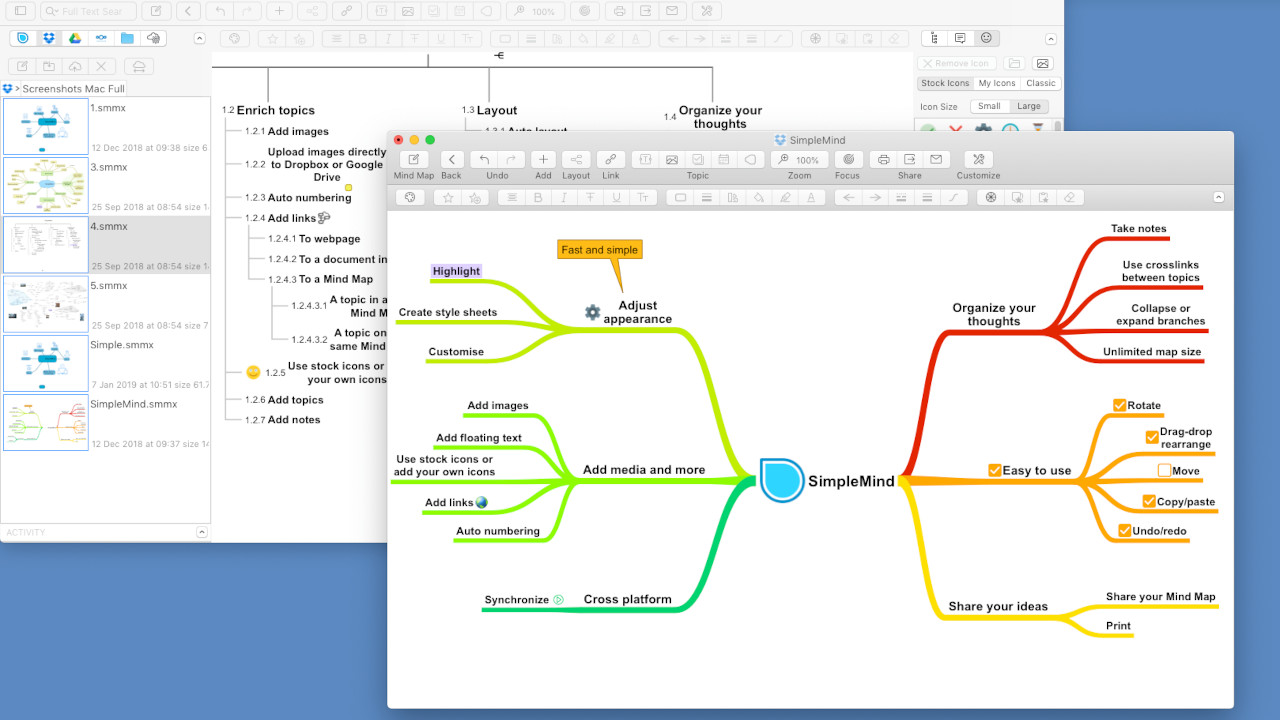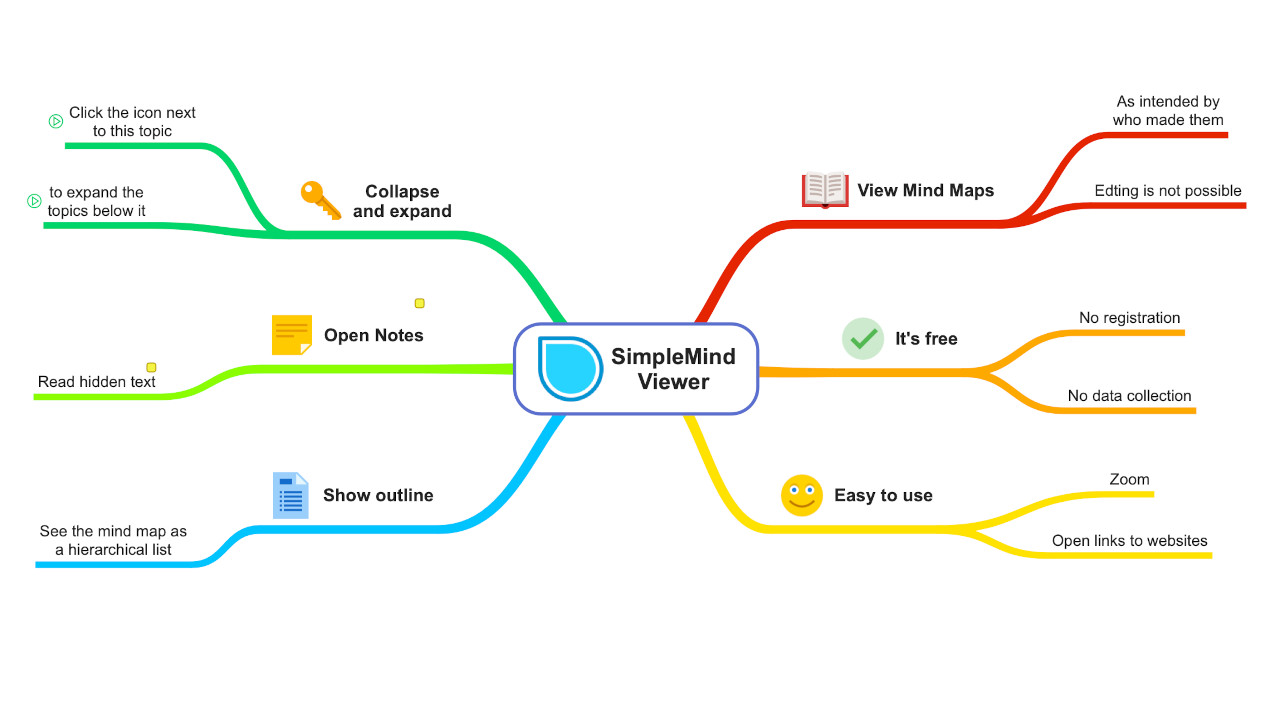What is SimpleMind and How Can It Be Used to Teach? Tips & Tricks
SimpleMind is a digital mind mapping technology that's visually engaging, making it ideal for education

SimpleMind is an easy-to-use mind-mapping tool. As such, it can make for a useful tool in education to digitally lay out information as a process.
SimpleMind is a desktop application and also comes in mobile app versions, including SimpleMind Pro on iPhone and Android. This guide aims to offer you an understanding of what all these can offer in education scenarios.
Realistically, most people will use this application across devices, as it's a great tool to get thoughts down in a visually striking way. Having the ability to then edit and add to that, on the move, is a helpful part of the process -- both for students and teachers.
Mind maps are a engaging way to teach, plan, and create, and this app takes that and makes it digital for easier editing, sharing, and supporting a more paper-free classroom.
What is SimpleMind?
SimpleMind is a mind mapping tool, which you can use to create flow diagrams with words and colorful links and imagery. It's not primarily designed for education, yet works well for teaching and learning.

SimpleMind works like a paper and pencil mind map might, only with the option to share digitally, print, edit, amend, and more. It adds a lot of life and color to these maps, which can make them more visually engaging for students.
Crucially, this is a very simple to use tool that works across desktop and mobile devices intuitively. As such, this is fine for use even in lower grades and with students who might otherwise struggle with technology or learning to use new tools.
Tools and ideas to transform education. Sign up below.
From a simple thought-organizing tool to a more complex project-planning or presenting device, SimpleMind is a helpful way for students and teachers to work with mapping techniques, digitally. Brainstorming need not require paper, pens, and more as this covers that all in the app platform.
How does SimpleMind work?
SimpleMind is, as the name suggests, very simple to use. You can have a free trial account up and running in minutes on desktop or app formats. This allows teachers and students to try the basic version before committing to paying for the premium versions.

While there is a toolbar of controls, this isn't needed to get started since the mapping process is so intuitive. To create a node point just single tap or click where you want it to be. Create a new node by selecting the current node and double-clicking where you want the new connecting point to appear. You can select a node to collapse or edit it with a single tap, where options will appear. All very simple.
Usefully, you can then click and drag nodes to move them about, allowing for editing or correcting as you work. That means you can click and drag one node to move it or move that node and all its sub-nodes too by clicking, holding, and dragging. All very intuitive stuff.
You can link up with a Dropbox account, making saving simple and offering the ability to then edit from varying devices possible thanks to that cloud storage.
What are the best SimpleMind features?
SimpleMind is very, very easy to use, which is a huge appeal for students and teachers alike. That simplicity is also its failing -- not letting you do more complex tasks such as having multiple students collaborate on the same map.

Since this uses Dropbox, it makes storage easy, with no limits other than that on your account. It also makes for editing on your mobile device, after having started on desktop, super simple. Since Dropbox works so well this can mean making a change on your phone and seeing that in the desktop version moments later.
The use of color and visuals is a great feature, since you can color code the connecting lines and nodes as you please it can not only make for smart organization of processes but also for a look that's far more lively and appealing than something doodled on paper. The option to add images is available, but this is reserved only for the premium users -- more on that next.
How much does SimpleMind cost?
SimpleMind offers a free trial that anyone can try right away, but for the full feature list you will need to pay for a premium version of the platform.
SimpleMind Pro is bought on a one-time purchase basis for each platform. So if you want to use this on both your smartphone and your computer, you will need to pay for two licenses.
SimpleMind Pro for Mac is €27.49, which is about $26.83. Or go for the Mac and Windows version together for €49.99 which is about $48.79.
SimpleMind Pro Site License for Mac and Windows on a larger scale, for up to 200, is charged at €549 which is about $535.
SimpleMind Pro for iOS is $9.99 and for Android it's €8.49 which is about $8.29.
SimpleMind best tips and tricks
Plan the week
Use a mind map to lay out the week for students to see -- build with them so they see how it works, then print or share to devices for access.
Project plan
Have students plan projects or assignments using the mind map to show they can think in stages ahead of time.
Subject specific
Teach math processes or timelines in history using a SimpleMind map to show the stages in color-coordinated clarity.
Luke Edwards is a freelance writer and editor with more than two decades of experience covering tech, science, and health. He writes for many publications covering health tech, software and apps, digital teaching tools, VPNs, TV, audio, smart home, antivirus, broadband, smartphones, cars and much more.
